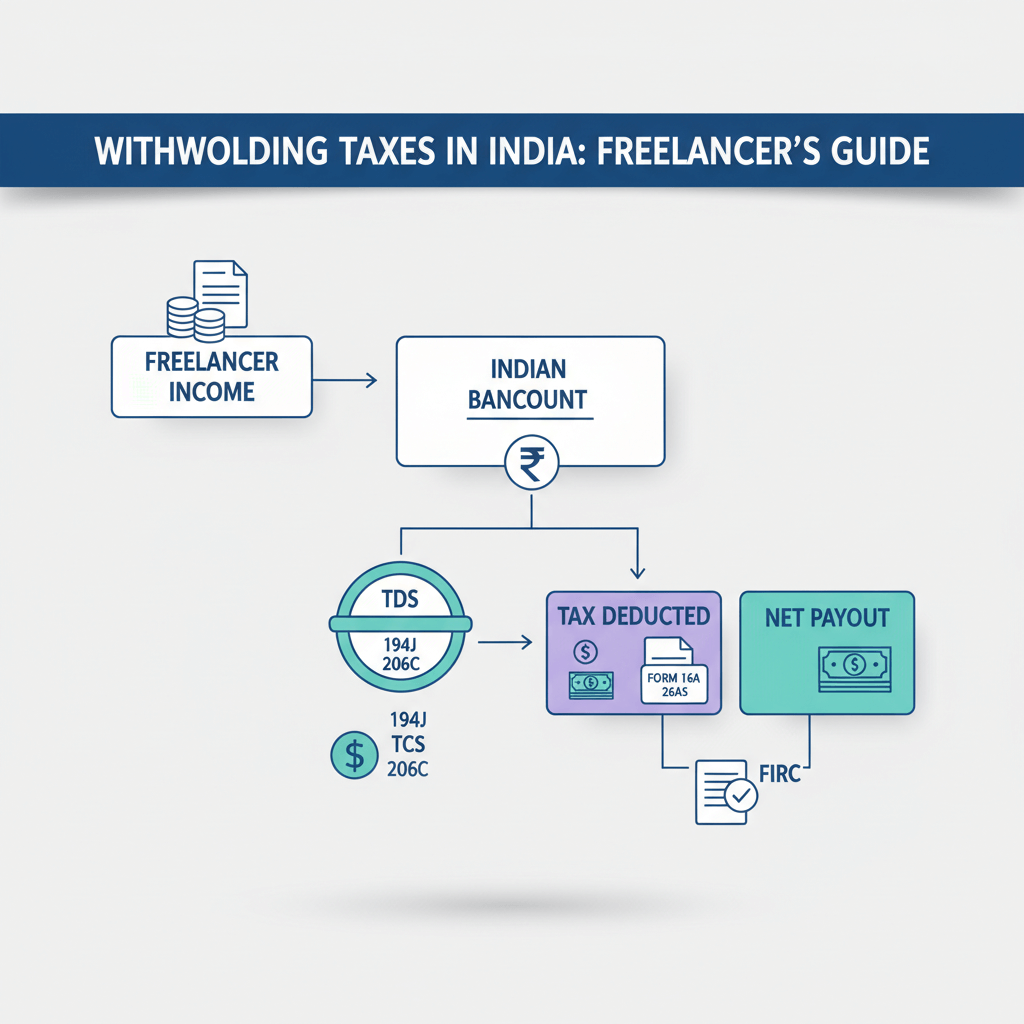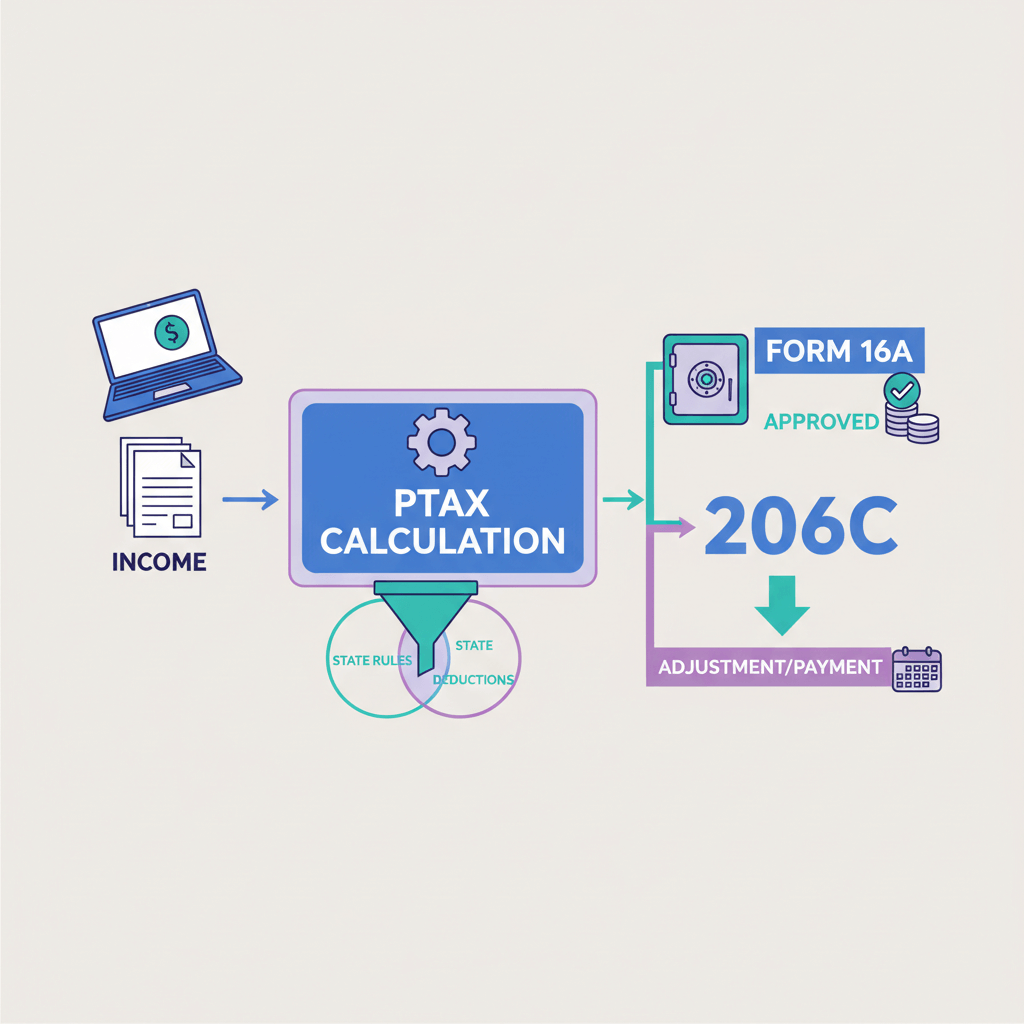If you operate a business, you're likely conducting transactions regularly, whether it's with vendors, other businesses, utility providers, or your employees, using the EFT payment method.
Historically, these payments were frequently made using cash or checks. However, electronic payments have become a faster, more secure, and more dependable alternative.
This is where Electronic Funds Transfers (EFTs) come into play.
But what exactly is an EFT payment?
Read on…
What is the meaning of EFT payment?
EFT stands for Electronic Funds Transfer. It's an EFT payment method of transferring money from one bank account to another electronically, rather than using checks or cash. EFT payments can be initiated through various means, including online banking, mobile banking apps, wire transfers, and electronic payment systems like ACH (Automated Clearing House) transfers.
EFT payment methods are commonly used for salary deposits, bill payments, online purchases, and transferring money between accounts. They offer convenience, speed, and security compared to traditional paper-based methods.
How does EFT payment work?
EFT payments operate through the EFT payment method, utilizing electronic channels to transfer funds securely between bank accounts. The process involves several steps:
- Initiation: The sender begins the payment process, usually via their bank's online platform or mobile application, using the EFT payment method. They input details like the recipient's account number and the amount to be transferred.
- Authorization: The sender's bank verifies the payment request, ensuring there are adequate funds to cover it within the EFT payment method.
- Transfer: After approval, the payment directives are securely relayed to the Automated Clearing House (ACH) network or another electronic payment platform, upholding the essence of the EFT payment approach.
- Transaction Handling: The ACH network or electronic payment system undertakes the transaction processing and channels it to the recipient's bank, in adherence to the principles of the EFT payment methodology.
- Receipt: The recipient's bank receives the payment instructions and credits the funds to the recipient's account, by the EFT payment method.
- Notification: Depending on the banks' policies, both the sender and recipient may receive notifications confirming the transaction's completion, adhering to the EFT payment method.
What is an example of an EFT payment?
An example of an EFT payment is when you utilize your bank's online banking service to transfer funds from your checking account to cover your monthly utility bill. You access your bank's website or mobile app, navigate to the payment section, and utilize the EFT payment method to input the necessary details such as the recipient's account information (in this case, the utility company's account number).
Then, you specify the amount to be paid and authorize the transaction. Subsequently, the funds are electronically transferred from your bank account to the utility company's account, typically completed within a few business days. This method of payment exemplifies the use of Electronic Funds Transfer (EFT) for bill settlement.
Types of EFT Payment Methods
Here are various types of EFT payment methods, each tailored to different needs and preferences:
- ACH Transfers: ACH (Automated Clearing House) transfers are commonly used for a range of transactions, from direct deposits to bill payments. They're known for their affordability, though they may take a few business days to process.
- Wire Transfers: Wire transfers involve electronically moving funds between banks or financial institutions. They're often chosen for urgent or high-value transactions, with the drawback of being more costly than other EFT payment methods.
- Mobile Payments: Utilizing smartphone apps like Venmo, PayPal, or Cash App, mobile payments allow users to send and receive money conveniently, particularly for peer-to-peer transactions. Many offer instant transfer capabilities.
- Online Banking: Through online banking platforms, customers can directly initiate EFT payments from their accounts. This method offers convenience for managing payments and transfers without the need to visit a physical branch.
- Point of Sale (POS) Systems: In retail environments, POS systems support EFT payments through various card methods like debit or credit cards. Customers can swipe, insert, or tap their cards for electronic processing.
- Electronic Checks (eChecks): eChecks are digital versions of paper checks, facilitating secure online payments for businesses and individuals. They're typically faster and more efficient than traditional paper checks.
What is the difference between EFT and ACH?
Why should businesses choose EFT payment methods?
In the context of Indian businesses, there are compelling reasons why opting for EFT payment methods, especially for outward remittance, is advantageous:
- Efficiency: EFT payment methods streamline outward remittance transactions significantly. Unlike traditional methods like checks or demand drafts, which can be time-consuming and prone to delays, EFT payments facilitate electronic fund transfers, resulting in faster processing times.
- Cost-Effectiveness: EFT payment methods generally offer cost savings compared to conventional payment methods. They often entail lower transaction fees and eliminate expenses associated with paper-based processes, such as printing and postage costs for checks or demand drafts. This financial benefit is particularly significant for businesses engaging in frequent outward remittance transactions.
- Security: EFT payment methods provide robust security features, enhancing trust and reliability in the remittance process. With encryption technology and secure authentication protocols, businesses can ensure the safe and secure transfer of funds using the EFT payment method, minimizing the risk of fraud or theft during transactions.
- Transparency: EFT payment methods enhance transparency throughout the remittance process. Businesses can monitor transaction statuses in real-time, receive electronic confirmations of payment, and maintain comprehensive records of outward remittance activities using the EFT payment method. This transparency enables businesses to exert better financial control and ensures adherence to regulatory requirements.
- Global Reach: EFT payment methods empower businesses to conduct outward remittance transactions to international recipients swiftly and seamlessly. Whether transferring funds to suppliers, business partners, or subsidiaries abroad, EFT payments facilitate efficient cross-border transactions, enabling businesses to expand their global footprint and streamline international payment processes using the EFT payment method.
FAQ
What is the EFT transfer method?
In the Indian context, the EFT transfer method, known as Electronic Funds Transfer, denotes the electronic transfer of funds between bank accounts within the country. This method enables individuals, businesses, and financial institutions to securely and efficiently transfer money without the need for physical currency or paper instruments like checks.
EFT transfers in India, initiated through channels like online banking, mobile apps, NEFT, RTGS, and IMPS, facilitate diverse transactions across banks. They're commonly used for salary payments, bill settlements, online transactions, and fund transfers. This method not only provides convenience, speed, and security but also drives digital financial transactions, fostering economic growth in the country.
Why does EFT take 3 days?
The duration of an EFT transfer can vary due to the processing and clearance procedures involved, which typically take 1-3 days. Additionally, factors like weekends, holidays, and international complexities can further influence the time it takes for the transfer to complete.
Where is EFT payment used?
EFT payments find application in diverse domains:
- Business Transactions: Enterprises employ the EFT payment method to settle invoices, pay vendors, and compensate employees electronically, streamlining financial processes effectively.
- Consumer Payments: Individuals utilize the EFT payment method for tasks like online bill settlement, inter-account fund transfers, and purchases via online banking platforms or mobile payment applications.
- Government Disbursements: Government entities rely on the EFT payment method to distribute benefits such as social security payments, tax refunds, and other financial aid programs to eligible recipients securely and efficiently.
- Financial Institution Operations: EFT payments serve as a backbone for financial institutions, facilitating account-to-account fund transfers, customer transactions, and interbank transfers seamlessly.
- International Fund Transfers: EFT payments are also integral to international money transfers, enabling individuals and businesses to send and receive funds across borders swiftly and securely.











